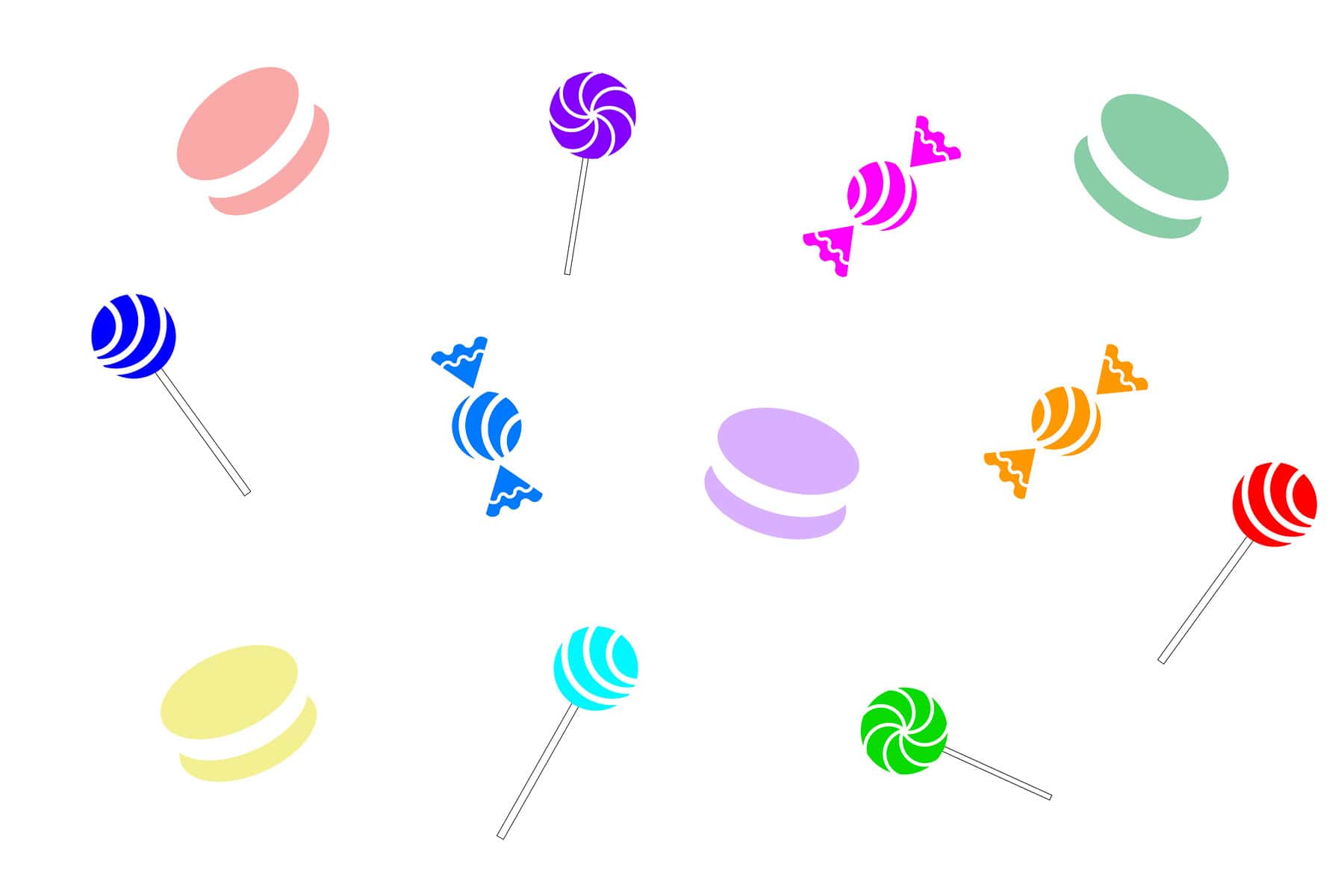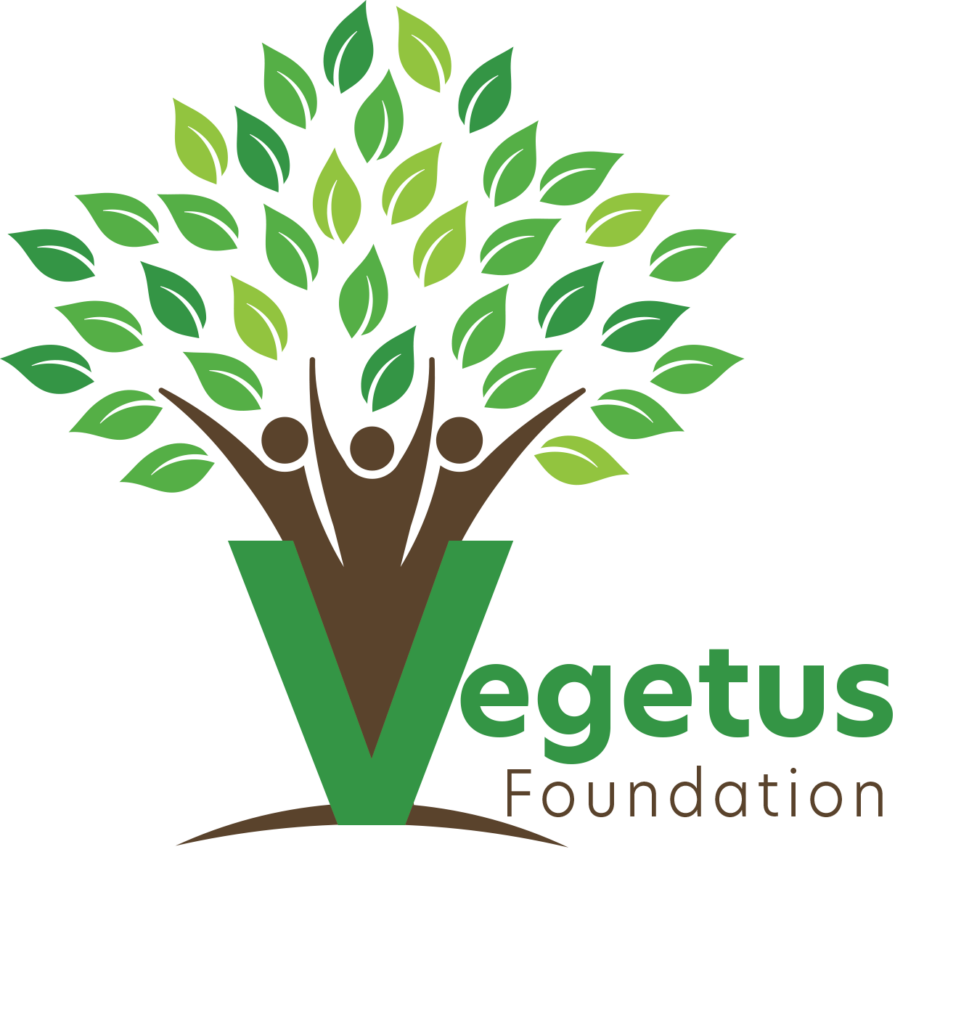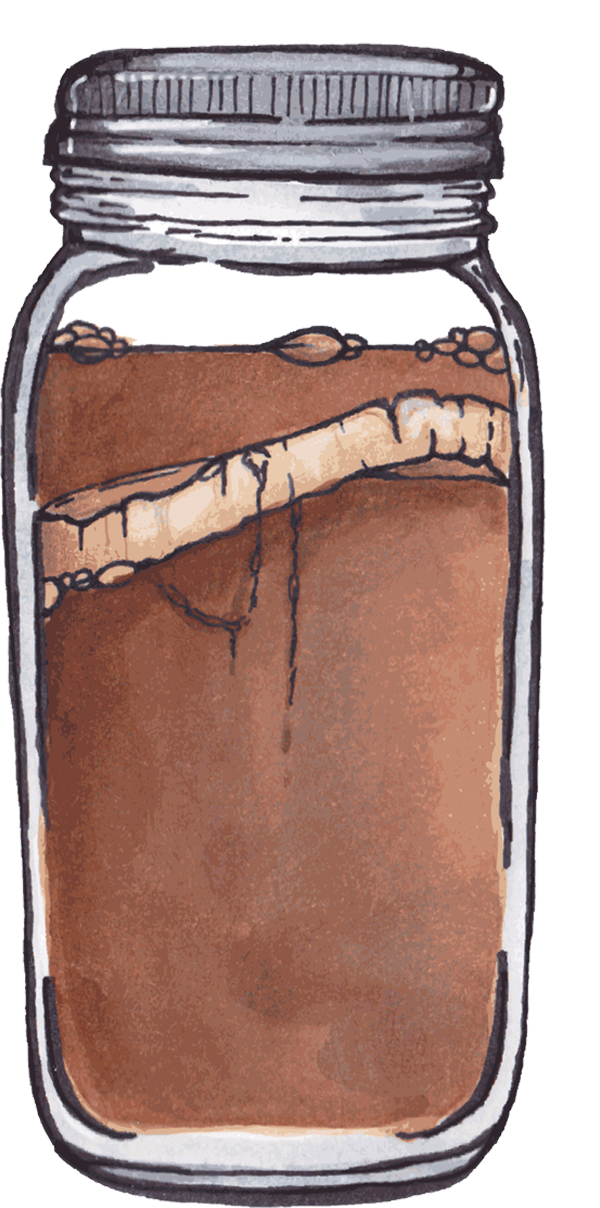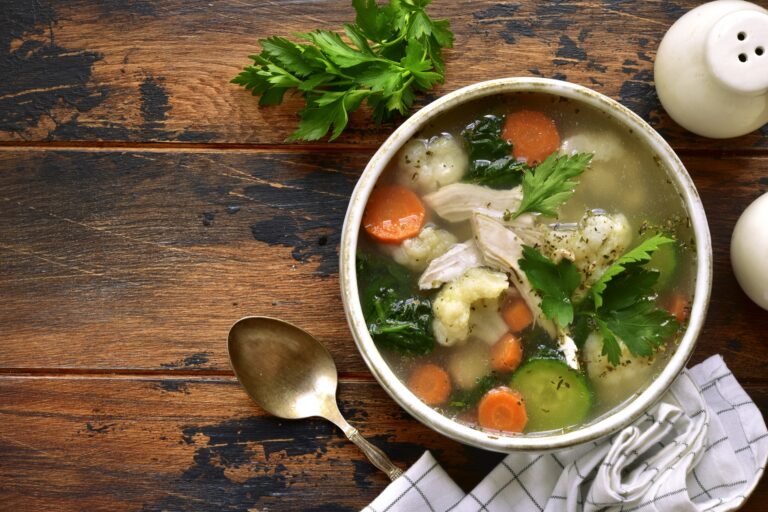
By Sarabeth Lowe, MPH
Ms. Lowe is a Communication Specialist at the University of Delaware Disaster Research Center.
Although food dyes have been used since ancient times, they have long been a subject of controversy.1–4 Recently, they have entered the spotlight again, as the United States (US) Food and Drug Administration (FDA) begins to roll out a timeline and plan to help food manufacturers transition from artificial, or synthetic, dyes to natural alternatives.3,5–7 This spring, US Health Secretary, Robert F. Kennedy, Jr., brought this issue to the forefront of public health and the news media when he announced his plan to remove nine chemicals—all petroleum-based, synthetic food dyes—by the end of 2026.6–9
His efforts dovetail into a broader political, social, and industry movement toward less processed foods.6,9–15 In January 2025, the FDA announced its plan to remove Red No. 3 from food and ingested drugs more than three decades after the synthetic coloring was first found to cause cancer in male laboratory rats.11,16–18 At the same time, more than two dozen state legislatures are pushing to restrict the use of artificial dyes.6,19,20 This is a pervasive issue in public health and the food industry. According to a Wall Street Journal analysis of a federal database detailing food and beverage ingredients, more than one in 10 products contain at least one artificial dye.11
This topic has also spurred debate among researchers and experts over a relatively simple question: Are these color additives safer than natural ones? This article will provide a broad overview of food dyes, compare natural and artificial colorants, and explain the pros and cons of their use. Here is what you should know.
What Are Food Dyes?
Food dyes fall under the umbrella term “color additives,” which the FDA describes as substances that can impact the color of food, drugs, or cosmetics.21 In more general terms, food dyes are chemical substances developed to enhance the appearance of food by imparting artificial color.15 They are used for various reasons, including enhancing and brightening hues, correcting natural variations, and offsetting color loss due to environmental exposures.22
Food dyes are nearly integral to the US food system. The first synthetic organic dye was discovered in 1856, followed by decades of similar discoveries. These early dyes, which were used in foods, drugs, and cosmetics, were first produced from byproducts of coal processing.1–3,23,24 Many of those coloring agents were not safe and contained poisonous materials, such as lead, arsenic, and mercury. Eventually, the FDA’s 1938 Federal Food, Drug, and Cosmetic Act was enacted. Among other safety measures, this law requires the FDA to approve all color additives and new uses for listed color additives before they could be used in foods.21–24
These rigorous standards still exist today. When evaluating the safety of a substance and whether it should be approved, the FDA considers the:21
- Composition and properties of the substance
- Amount that would typically be consumed
- Immediate and long-term health effects
- Availability of analytical methods for determining its purity and acceptable levels of impurities
Artificial versus Natural Dyes
Research shows that the color of foods plays a significant role in how consumers select them.1,3,25–28 There is also a significant link between color and taste.29 For example, since oranges are orange, we expect orange-colored drinks to be orange-flavored.27 This is why food colorants are popular in the food industry.
Artificial dyes are chemically or physically modified colorants that can be used to yield desirable characteristics for manufacturing, such as high purity, stability, brightness, a wide range of shades, uniformity, and reproducibility in production.1,25–27,30 As science and technology have advanced, more have been developed, but there is lingering controversy about the safety of these dyes. Several studies have shown a small but significant association between these dyes and health outcomes.24,31–34 There have also been concerns about the potential for synthetic dyes to cause cancer, but there is more nuance to this claim. Research shows that some synthetic dyes may contain cancer-causing contaminants.24,35,26 For example, benzidine, a manufactured chemical and carcinogen, has been found in food dyes. However, these contaminants are present in such low levels that the FDA permits their use.1,3,24,26,35 With the exception of the now-banned Red No. 3, there is currently no conclusive evidence that artificial food dyes cause cancer.1,24,35,37
Due to longstanding and recent concerns around the potential risks of synthetic food dyes, there has been greater industry and consumer interest in natural alternatives.1–4,20,27,30 Unlike their artificial counterparts, which are created via chemical synthesis, natural food colorants originate from natural sources.1,3,6,21,22 Until the mid-20th century, these dyes were collected directly from plant tissue, animal cells, microorganisms, or minerals.1 With modern technology, however, scientists can extract certain naturally occurring chemical compounds from these sources and purify, stabilize, and standardize them.1 Notably, they are still minimally processed. These compounds can be used directly or chemically modified to produce a whole range of colors. The names of these dyes are likely more familiar than artificial ones. Some of the most common sources for natural food colorants have been paprika, turmeric, beets, and grape skin extract.1,21 However, there is a limited body of research on the safety of naturally-sourced alternatives when used as color additives.6
Pros and Cons
It might seem like a simple choice to transition from artificial to natural food dyes. Both options come with trade-offs, and several factors need to be considered.
Cost and scalability. Natural dyes are significantly more expensive than artificial dyes for several reasons. The effort required to source the dyes, use natural materials to create them, and process and stabilize the dyes increases the overall cost of these dyes.1,25,26,30
Color appeal and reproduction. Both artificial and natural food dyes can provide a wide range of colors, but recreating the exact same shade from batch to batch is more difficult with the latter. Some experts argue that artificial food dyes can create more vibrant colors or enhance more muted hues. This is an important factor to consider because color is important in identifying medications and can impact sales of certain products.
Stability and shelf life. Artificial food dyes tend to have a longer shelf life than natural ones.38 This is because natural food dyes are more susceptible to being affected by certain environmental exposures, such as heat, acidity, and temperature.1,6,38
Proven health impact. Both artificial and natural food dyes can cause allergic reactions in certain people.24,27 Some research shows that some natural food dyes can have health benefits, including providing antioxidants.30
Is Natural Always Better?
There is a tendency to assume that things originating from natural sources are inherently safer, but this is not always the case.6,39,40 Some of the most toxic chemicals come from nature, and several natural dyes are derived from potentially hazardous sources, such as insects and mold.6,39 No matter which type of dye you choose, all of them are subject to rigorous FDA testing, which includes highly specific methods and procedures to detect potential safety hazards.1,14–17,26 This testing reflects a common consensus among food safety experts: more research is needed on both types of dyes. There is currently insufficient evidence to conclude whether everyone should avoid artificial food dyes, but it is important to keep in mind that food colorants are just a drop in the bucket when it comes to the harms of processed foods.6,8–10 It will take more than removing artificial food dyes from the US food supply chain to improve the American diet.
Sources
- Novais C, Molina AK, Abreu RMV, et al. Natural food colorants and preservatives: a review, a demand, and a challenge. J Agric Food Chem. 2022;70(9):2789–2805.
- Center for Science in the Public Interest. Synthetic food dyes: health risks, history, and policy. Accessed 30 May 2025. https://www.cspinet.org/page/synthetic-food-dyes-health-risks-history-and-policy
- Kobylewski S, Jacobson MF. Food dyes: a rainbow of risks. Center for Science in the Public Interest. Jun 2010. Accessed 30 May 2025. https://www.cspinet.org/sites/default/files/media/documents/resource/food-dyes-rainbow-of-risks.pdf
- Lee C. Are artificial food dyes safe to eat? TIME Magazine. 14 Mar 2024. Accessed 28 May 2025. https://time.com/7268434/are-artificial-food-dyes-safe/
- US Food and Drug Administration. HHS, FDA to phase out petroleum-based synthetic dyes in nation’s food supply. Press release. 22 Apr 2025. Accessed 30 May 2025.https://www.fda.gov/news-events/press-announcements/hhs-fda-phase-out-petroleum-based-synthetic-dyes-nations-food-supply
- Virginia Polytechnic Institute and State University. Banning artificial food dyes: why now and the challenges it presents to the food industry. 24 Apr 2025. Accessed 31 May 2025. https://news.vt.edu/articles/2025/04/banning-artificial-food-dyes–why-now-and-the-challenges-it-pres.html
- Henderson B. FDA announces plan to phase out synthetic, petroleum-based food dyes from U.S. food supply. Food Safety Magazine. 22 Apr 2025. Accessed 30 Apr 2025. https://www.food-safety.com/articles/10337-fda-announces-plan-to-phase-out-synthetic-petroleum-based-food-dyes-from-us-food-supply
- Roubein R. RFK Jr. announces intent to phase out synthetic food dyes. The Washington Post. Updated 22 Apr 2025. Accessed 30 May 2025. https://www.washingtonpost.com/health/2025/04/22/food-dyes-ban-announced-rfk/
- Belluz J. What Kennedy gets right about the chemicals in our food. The New York Times. 12 May 2025. Accessed 31 May 2025. https://www.nytimes.com/2025/05/12/opinion/kennedy-ultraprocessed-food-dyes.html
- Pomeranz JL, Mande JR, Mozaffarian D. US policies addressing ultraprocessed foods, 1980-2022. Am J Prev Med. 2023;65(6):1134–1141.
- Newman J, Andrew Mollica A, Fernandez R. How prevalent are dyes in foods? We crunched the numbers. The Wall Street Journal. 23 Mar 2025. Accessed 31 May 2025. https://www.wsj.com/business/artificial-food-dyes-database-fcf34296
- Ridberg R, Sharib JR, Garfield K, et al. ‘Food is medicine’ in the US: a national survey of public perceptions of care, practices, and policies. Health Aff (Millwood). 2025;44(4):398–405.
- American Health Association. Alarming trends call for action to define the future role of food in nation’s health. 10 Jun 2024. Accessed 1 Jun 2025. https://newsroom.heart.org/news/alarming-trends-call-for-action-to-define-the-future-role-of-food-in-nations-health
- Peterson K, Driebusch C. How RFK Jr. is boosting ‘food babe’ and other MAHA acolytes. The Wall Street Journal. 9 May 2025. Accessed 1 Jun 2025. https://www.wsj.com/politics/policy/rfk-jr-maha-allies-benefit-3d1a963d
- Kikuchi E, Pula I, Tyson A, et al. Report: Americans on healthy food and eating. Pew Research Center. 7 May 2025. Accessed 1 Jun 2025.https://www.pewresearch.org/science/2025/05/07/americans-on-healthy-food-and-eating/
- US Food and Drug Administration. FDA to revoke authorization for the use of red no. 3 in food and ingested drugs. Updated 15 Jan 2025. Accessed 30 May 2025. https://www.fda.gov/food/hfp-constituent-updates/fda-revoke-authorization-use-red-no-3-food-and-ingested-drugs
- U.S. Food and Drug Administration. FD&C Red No. 3. Updated 15 Jan 2025. Accessed 30 May 2025. https://www.fda.gov/industry/color-additives/fdc-red-no-3
- Jacobs A, Rosenbluth T. FDA bans red dye 3 in foods, linking it to cancer in rats. The New York Times. 15 Jan 2025. Accessed 30 May 2025. https://www.nytimes.com/2025/01/15/health/fda-red-dye-3-cancer-rats.html
- Myers I. Interactive map: tracking state food chemical regulation in the US. Environmental Working Group. Updated 27 May 2025. Accessed 1 Jun 2025. https://www.ewg.org/news-insights/news/2025/05/interactive-map-tracking-state-food-chemical-regulation-us
- Amenabar T, Roubein R. What science says about artificial food dyes amid RFK Jr.’s push to ban them. The Washington Post. 23 Apr 2025. Accessed 27 May 2025.https://www.washingtonpost.com/wellness/2025/04/23/artificial-synthetic-petroleum-dye-food-coloring/
- US Food and Drug Administration. Color additives in foods. Updated 6 Jul 2023. Accessed 31 May 2025 https://www.fda.gov/food/color-additives-information-consumers/color-additives-foods
- US Food and Drug Administration. Color additives questions and answers for consumers. Updated 14 Dec 2023. Accessed 31 May 2025.https://www.fda.gov/food/color-additives-information-consumers/color-additives-questions-and-answers-consumers
- US Food and Drug Administration. Color additives history. Updated 17 Nov 2023. Accessed 31 May 2025. https://www.fda.gov/industry/color-additives/color-additives-history
- Bell B. Food dyes: harmless or harmful? Healthline. Updated 17 Jul 2023. Accessed 31 May 2025. https://www.healthline.com/nutrition/food-dyes
- Di Salvo E, Lo Vecchio G, De Pasquale R, et al. Natural pigments production and their application in food, health and other industries. Nutrients. 2023;15(8):1923.
- Rodriguez-Amaya DB. Natural food pigments and colorants. Curr Opin Food Sci. 2016;7:20–26.
- Rohrig B. Eating with your eyes: the chemistry of food colorings. American Association of Chemistry Teachers. Oct 2015. Accessed 30 May 2025. https://teachchemistry.org/chemmatters/october-2015/eating-with-your-eyes-the-chemistry-of-food-colorings
- Su J, Wang S. Influence of food packaging color and foods type on consumer purchase intention: the mediating role of perceived fluency. Front Nutr. 2024;10:1344237.
- Spence C. On the relationship(s) between color and taste/flavor. Exp Psychol. 2019;66(2):99–111.
- Martins N, Custódio Lobo Roriz C, Morales P, et al. Food colorants: challenges, opportunities and current desires of agro-industries to ensure consumer. Trends Food Sci Technol. 2016;52:1–15.
- Arnold LE, Lofthouse N, Hurt E. Artificial food colors and attention-deficit/hyperactivity symptoms: conclusions to dye for. Neurotherapeutics. 2012;9(3):599–609.
- Bateman B, Warner JO, Hutchinson E, et al. The effects of a double blind, placebo controlled, artificial food colourings and benzoate preservative challenge on hyperactivity in a general population sample of preschool children. Arch Dis Child. 2004;89(6):506–511.
- Boris M, Mandel FS. Foods and additives are common causes of the attention deficit hyperactive disorder in children. Ann Allergy. 1994;72(5):462–468.
- Schab DW, Trinh NH. Do artificial food colors promote hyperactivity in children with hyperactive syndromes? A meta-analysis of double-blind placebo-controlled trials. J Dev Behav Pediatr. 2004;25(6):423–434.
- Kobylewski S, Jacobson MF. Toxicology of food dyes. Int J Occup Environ Health. 2012;18(3):220–246.
- Potera C. Diet and nutrition: the artificial food dye blues. Environ Health Perspect. 2010;118(10):A428.
- Amchova P, Kotolova H, Ruda-Kucerova J. Health safety issues of synthetic food colorants. Regul Toxicol Pharmacol. 2015;73(3):914–922.
- Meier BP, Dillard AJ, Lappas CM. Naturally better? A review of the natural‐is‐better bias. Soc Personal Psychol Compass. 2019;13(8):e12494.
- National Center for Complementary and Integrative Health. Natural doesn’t necessarily mean safer, or better. Updated 6 Jun 2025. Accessed 6 Jun 2025. https://www.nccih.nih.gov/health/know-science/natural-doesnt-mean-better
- Kritz F. The switch to natural food dyes may take longer than you think. VeryWell Health. 1 May 2025. Accessed 2 Jun 2025. https://www.verywellhealth.com/will-food-companies-really-phase-out-synthetic-dyes-11724512




